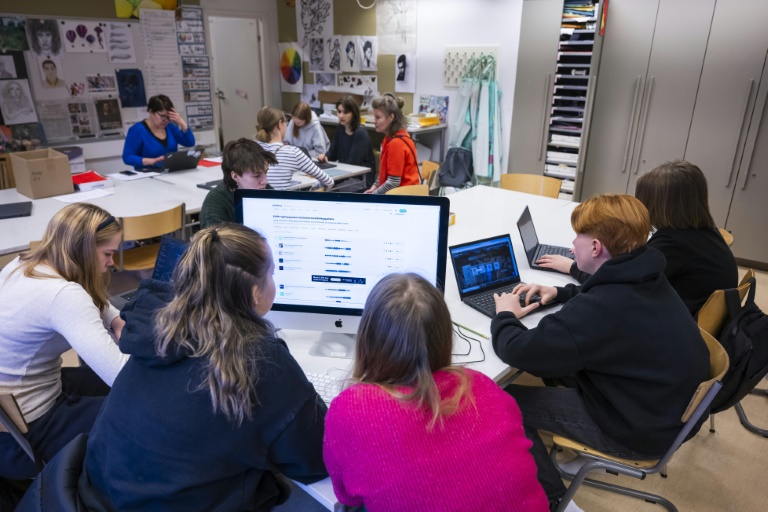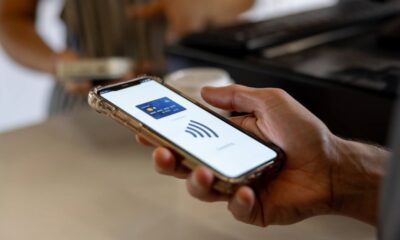Science
Schools Face Rising Cybersecurity Threats from Students

Insider threats are emerging as a significant challenge for information technology teams, particularly in educational settings. A recent report from the United Kingdom’s Information Commissioner’s Office (ICO) has revealed a startling statistic: over half of personal data breaches in schools are perpetrated by the students themselves. This finding highlights a pressing issue in cybersecurity, where the focus often lies on external threats.
The ICO’s report coincided with the conclusion of Insider Threat Awareness Month for 2025, which carried the theme “Partnering for Progress.” This initiative aimed to address a critical gap in enterprise security—the disconnect between identity management and the mitigation of insider threats. Many cybersecurity experts emphasize that effective identity management is essential for early detection of misuse before it escalates into a significant breach.
Surprisingly, schools, often viewed as safe havens for children, are now being recognized as potential hotspots for insider cybersecurity incidents. According to the ICO, a notable 57% of data breaches in educational institutions are attributed to students. This data challenges the traditional perception of schools as low-risk environments for cybersecurity incidents.
Pete Luban, Field Chief Information Security Officer at AttackIQ, provided insights into the motivations behind these breaches. “Dares, money, rivalries, and the desire for notoriety are among the most common reasons students carry out these hacks,” Luban explained. The report indicates that inadequate security measures and practices facilitated these breaches, with many incidents resulting from students guessing common passwords or discovering login details written down.
To combat this growing issue, Luban emphasizes the need for schools to enhance their cybersecurity practices. “Educational institutions must do a better job of protecting sensitive information,” he stated. Implementing proper cyber hygiene protocols, such as strengthening password requirements and limiting student access to sensitive information, could significantly mitigate risks. For more complex cyber incidents, schools should evaluate their cybersecurity systems and adopt proactive measures to address vulnerabilities.
Luban also stresses the importance of educating students about the consequences of cyberattacks. He argues that reinforcing data protection principles and individual data rights will not only raise awareness about potential punishments for engaging in cyber misconduct but also reduce the likelihood of students becoming victims of cyber malpractice themselves.
The findings of this report serve as a wake-up call for educational institutions worldwide. As the landscape of cybersecurity continues to evolve, it is crucial for schools to take a proactive stance in safeguarding sensitive information. By implementing robust security measures and fostering an informed student body, schools can better protect themselves against the rising tide of insider threats.
-

 Politics4 weeks ago
Politics4 weeks agoSecwepemc First Nation Seeks Aboriginal Title Over Kamloops Area
-

 World5 months ago
World5 months agoScientists Unearth Ancient Antarctic Ice to Unlock Climate Secrets
-

 Entertainment5 months ago
Entertainment5 months agoTrump and McCormick to Announce $70 Billion Energy Investments
-

 Science5 months ago
Science5 months agoFour Astronauts Return to Earth After International Space Station Mission
-

 Lifestyle5 months ago
Lifestyle5 months agoTransLink Launches Food Truck Program to Boost Revenue in Vancouver
-

 Technology3 months ago
Technology3 months agoApple Notes Enhances Functionality with Markdown Support in macOS 26
-

 Lifestyle3 months ago
Lifestyle3 months agoManitoba’s Burger Champion Shines Again Amid Dining Innovations
-

 Top Stories2 months ago
Top Stories2 months agoUrgent Update: Fatal Crash on Highway 99 Claims Life of Pitt Meadows Man
-

 Politics4 months ago
Politics4 months agoUkrainian Tennis Star Elina Svitolina Faces Death Threats Online
-

 Sports5 months ago
Sports5 months agoSearch Underway for Missing Hunter Amid Hokkaido Bear Emergency
-

 Politics5 months ago
Politics5 months agoCarney Engages First Nations Leaders at Development Law Summit
-

 Technology5 months ago
Technology5 months agoFrosthaven Launches Early Access on July 31, 2025











